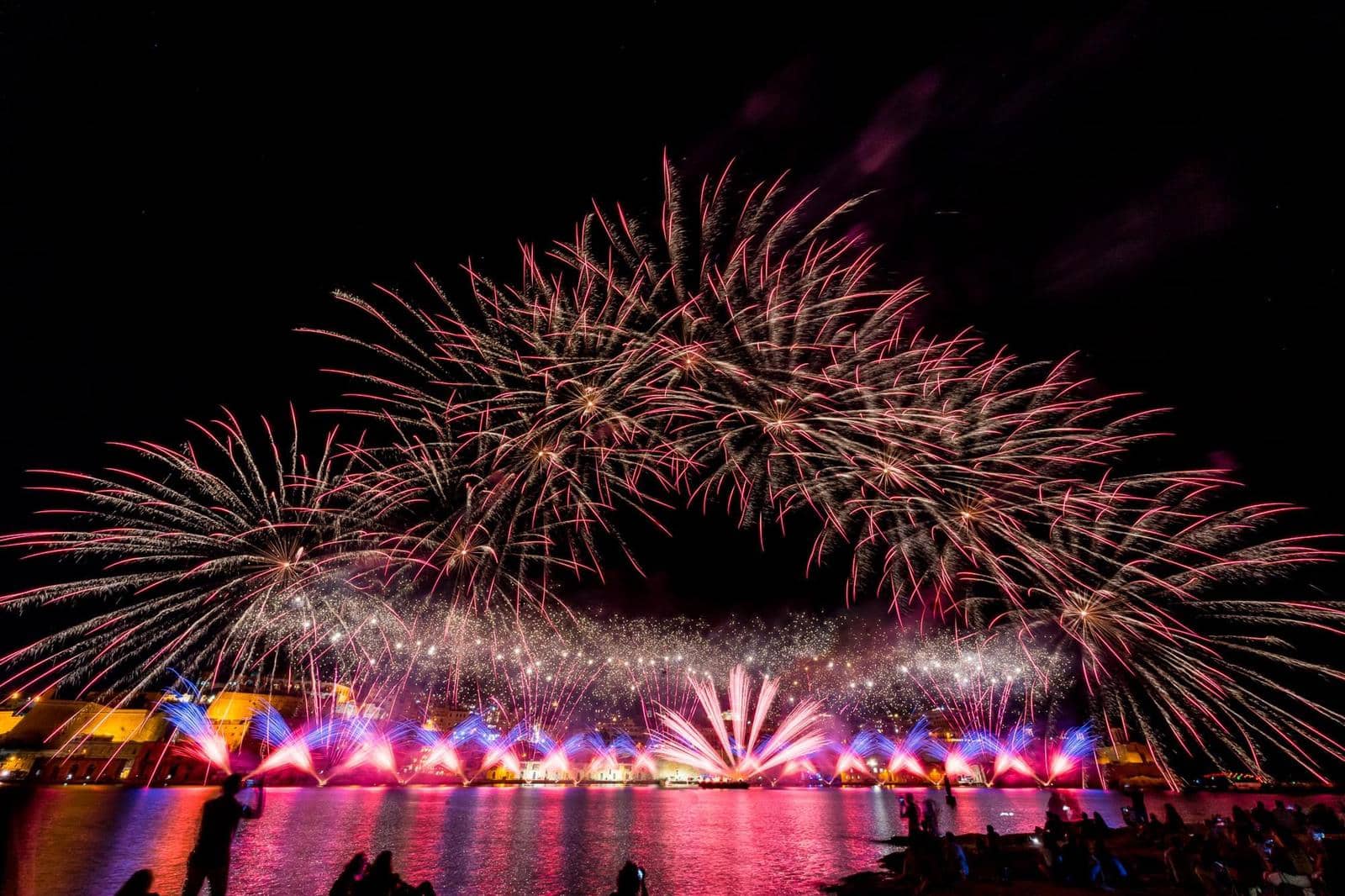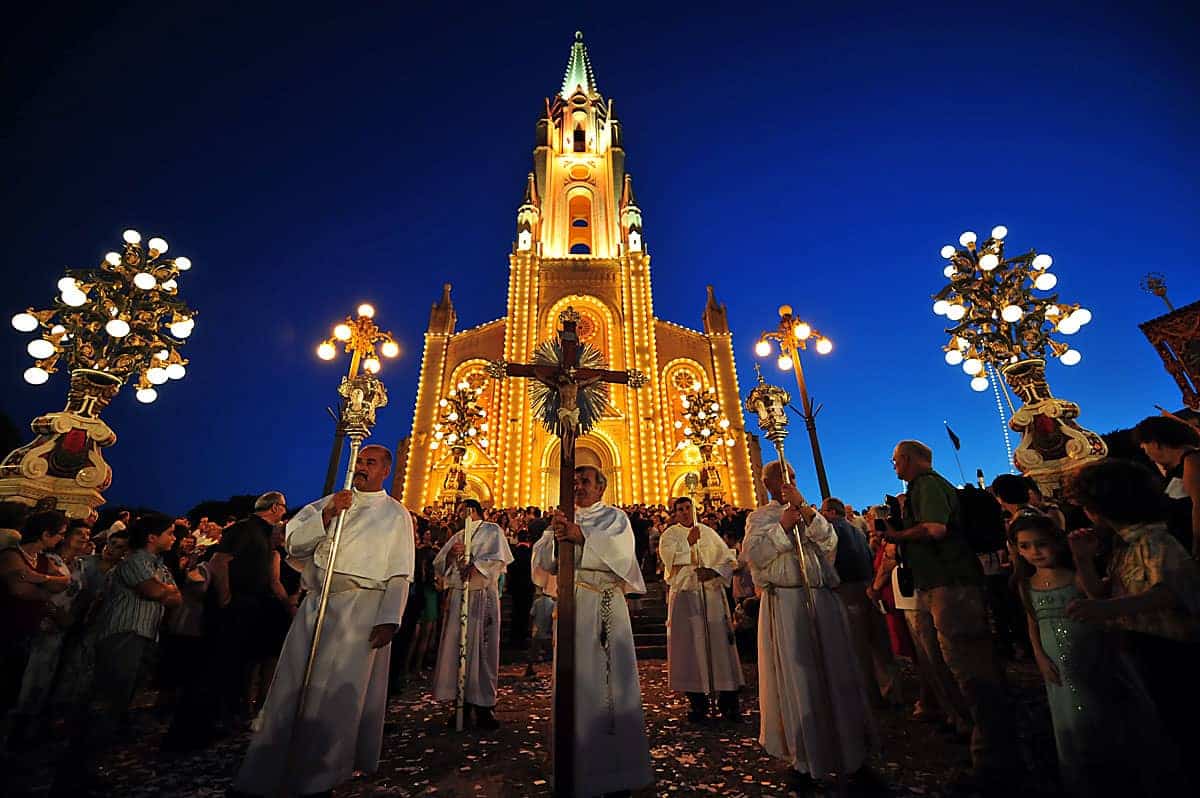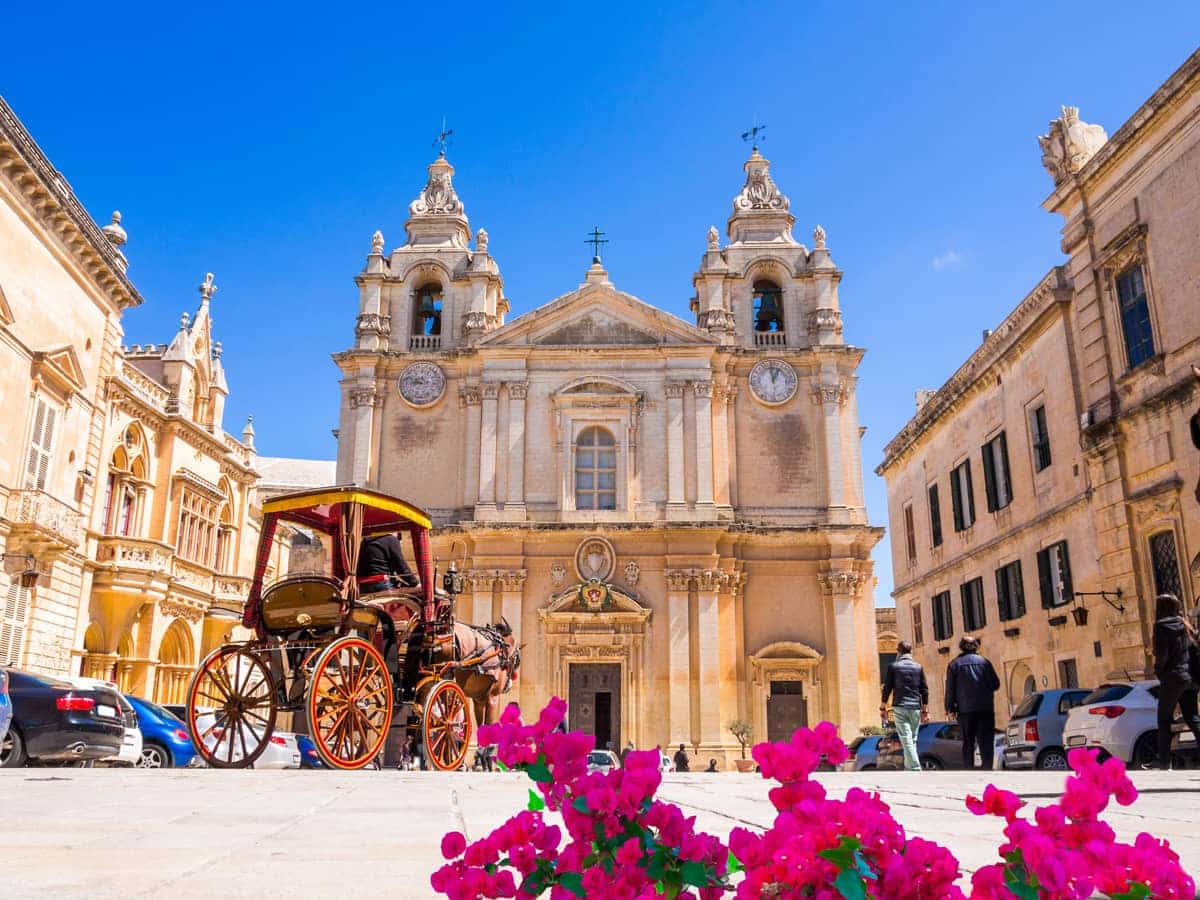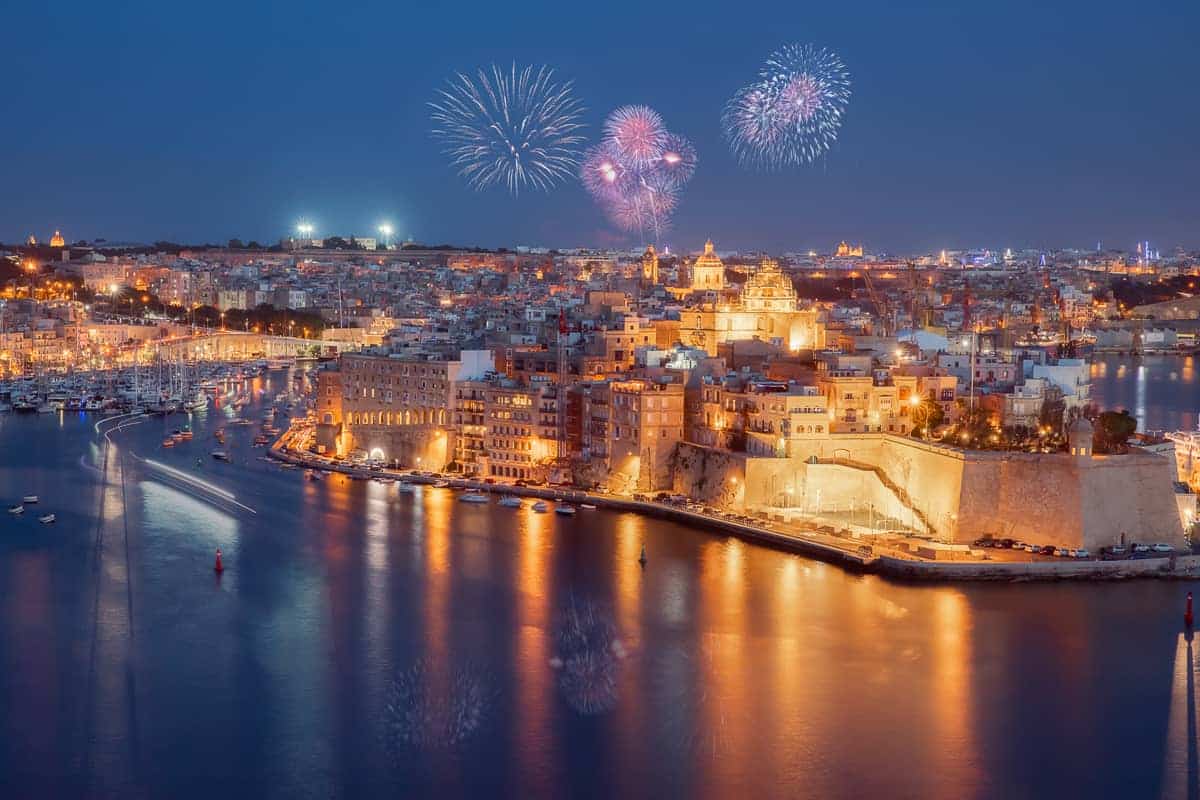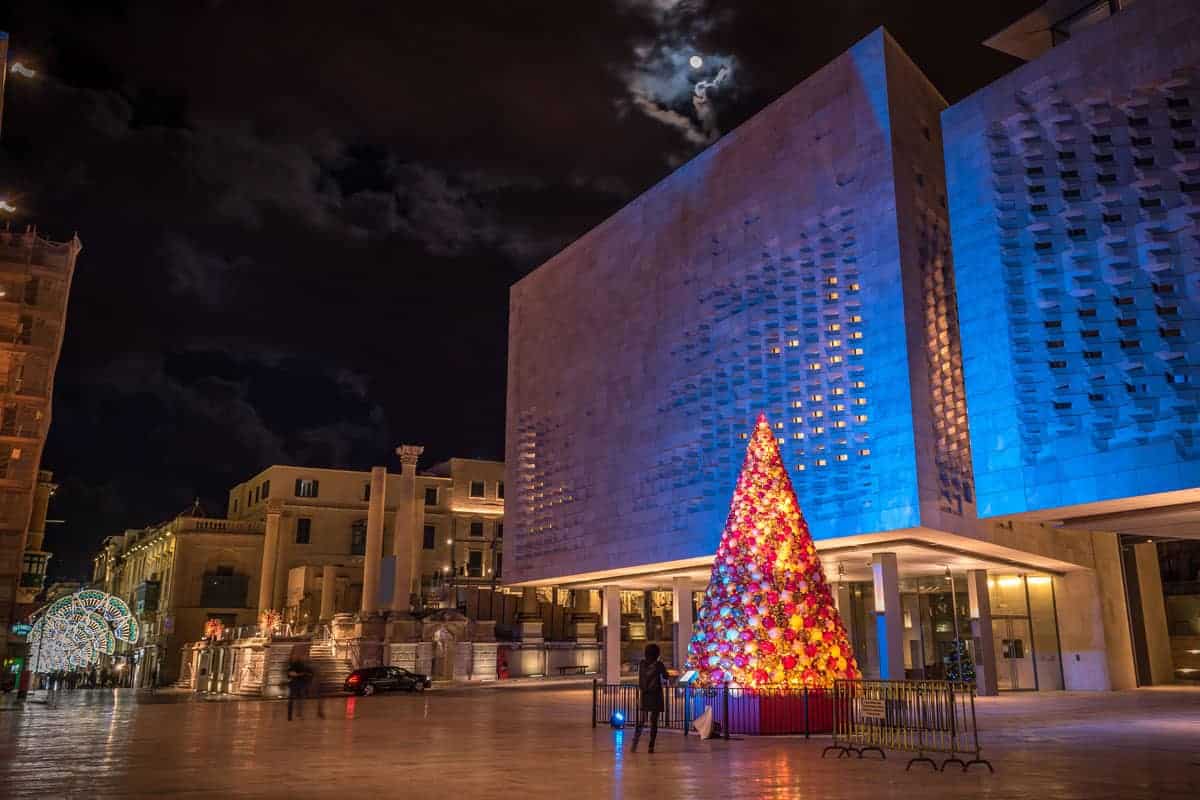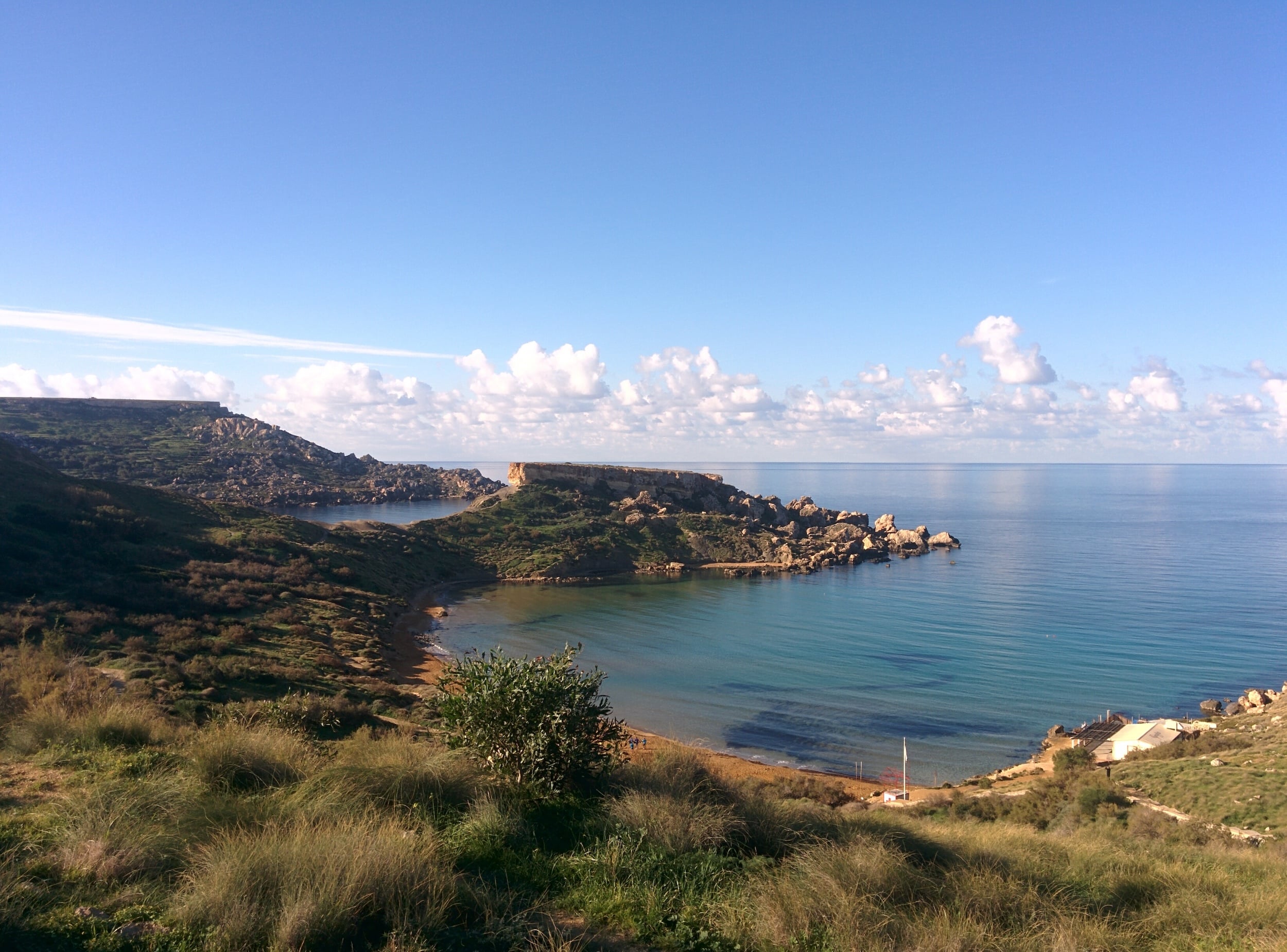Combining history, culture, and lovely springtime weather, Easter is a fantastic time to visit Malta. You may see amazing Holy Week processions, savour traditional Maltese Easter treats, and take in the breath-taking island landscapes.
From religious events to spring activities and cultural attractions, this article investigates why Easter is the ideal time to travel to Malta.
If you do decide to visit, you should consider taking up accommodation at the be.Hotel, which is considered to be one of the best hotels in St Julian’s, Malta.
The Religious Significance of Easter in Malta
Thanks in great part to Malta’s strong Catholic customs, Easter is among the most significant holidays there.
The preparation for Easter starts on Ash Wednesday, which marks the beginning of Lent, a time for prayer and reflection. Celebrated the Friday before Good Friday, Our Lady of Sorrows (Id-Dulri) is a major celebration before Easter. Processions are a common sight among Maltese people displaying their devotion.
Holy Week begins on Palm Sunday, when churches bless olive and palm branches to commemorate the arrival of Jesus in Jerusalem. Maundy Thursday is a day of deep reflection, and many people follow the tradition of the seba’ visti (seven visits) by praying at seven different churches. Good Friday is a day of grief marked by Passion of Christ scenes shown during processions.
Easter Sunday brings a happy change in the mood. Church bells run, bands play music, and people rejoice with processions of the Risen Christ, therefore symbolising Jesus’ triumph over death.
Holy Week Processions and Traditions You Shouldn’t Miss
Holy Week in Malta is a unique and meaningful experience, filled with tradition, history, and devotion. Whether you are religious or simply interested in Maltese culture, these processions and rituals offer a special way to experience the island’s heritage.
• Our Lady of Sorrows (Id-Duluri): This important feast takes place on the Friday before Good Friday. Large processions are held across Malta and Gozo, where devotees walk behind the statue of Our Lady of Sorrows (Il-Madonna tad-Duluri). The most famous procession takes place in Valletta, led by the Church of Our Lady of Jesus.
• Palm Sunday: Churches bless palm leaves and olive branches, remembering Jesus’ arrival in Jerusalem. People take part in processions, carrying their blessed branches as a sign of faith. These processions happen in basically every parish in Malta.
• Maundy Thursday: Many towns hold Last Supper exhibitions, showing artistic displays of Jesus’ final meal. The tradition of the seba’ visti (seven visits) takes place, where people visit seven churches to pray and reflect – often in Valletta. There are also pilgrimages held across the island, such as the one at the Laferla Cross in Siggiewi.
• Good Friday: This is the most serious day of Holy Week, with large processions showing life-sized statues of the Passion of Christ. The most famous processions happen in Zebbug and Mosta.
• Holy Saturday: Churches hold the Paschal Fire ceremony, where a small flame is lit in complete darkness to represent Christ’s Resurrection.
• Easter Sunday: The mood becomes joyful, with music, bell ringing, and lively processions. The most famous procession is the one in Vittoriosa (Birgu), where men run uphill carrying the statue of the Risen Christ, showing a powerful symbol of faith and victory.
Traditional Maltese Easter Sweets & Where to Find Them
Easter in Malta is also a time for delicious seasonal sweets that are loved by both locals and visitors. Here are some of the most popular treats and where you can find them during Lent and Easter.
• Figolli: A soft pastry filled with sweet almond paste, shaped like Easter symbols such as rabbits, lambs, and eggs. They are decorated with colourful icing, chocolate, or sprinkles and often have a small chocolate Easter egg on top. Where to find them: Available a few weeks before Easter in most bakeries, supermarkets, and pastry shops, with the biggest variety just before Easter Sunday.
• Kwareżimal: A spiced biscuit made with ground almonds, honey, orange blossom water, and cinnamon, eaten during Lent because it does not contain butter, eggs, or milk. It has a chewy texture and is usually topped with honey and chopped nuts. Where to find them: Sold throughout Lent in bakeries, supermarkets, and pastry shops around the island.
• Qagħaq tal-Appostli: A ring-shaped bread covered in sesame seeds and almonds, traditionally eaten on Maundy Thursday and Good Friday. Where to find them: Available during Holy Week in bakeries, supermarkets, and at religious events.
• Karamelli tal-Ħarrub: Hard carob-based sweets with a slightly tangy taste, usually eaten on Good Friday and during Lent. They last a long time when sucked instead of chewed. Where to find them: Mostly sold by street vendors, but also found in confectionery shops like Camilleri tal-Ħelu.
If you visit Malta during Easter, don’t miss the chance to try these seasonal delicacies, as they are only available for a short time each year!
Easter in Malta Beyond the Religious Celebrations
Easter in Malta is not only about religious events – it is also a great time to enjoy the island’s nature, history, and culture. With pleasant spring weather and blooming landscapes, it is the perfect season for outdoor activities and sightseeing.
• Explore nature & outdoor activities: Walk along Dingli Cliffs for stunning sea views, visit Buskett Gardens, one of Malta’s few green areas, or discover the Xemxija Heritage Trail, which has 20 archaeological sites.
• Visit cultural attractions: See the beautiful St. John’s Co-Cathedral in Valletta, famous for its Baroque design and Caravaggio paintings, explore the Silent City of Mdina, or learn about Malta’s past at the National Museum of Archaeology.
• Relax at the beach: The warmer spring weather makes it a great time to visit Mellieħa Bay, Golden Bay, or Paradise Bay, where you can enjoy the clear blue sea before the summer crowds arrive.
Whether you prefer nature, history, or relaxation, Easter in Malta is a wonderful time to visit!
The Bottom Line
Easter is a great time to visit Malta, combining history, culture, and tradition. You can experience beautiful religious processions, enjoy traditional Easter sweets, and explore the island’s stunning spring landscapes.
For a comfortable and well-located stay, choose be.HOTEL, where you will be close to the best events and attractions. Book your stay at be.HOTEL today and enjoy an unforgettable Easter holiday!
